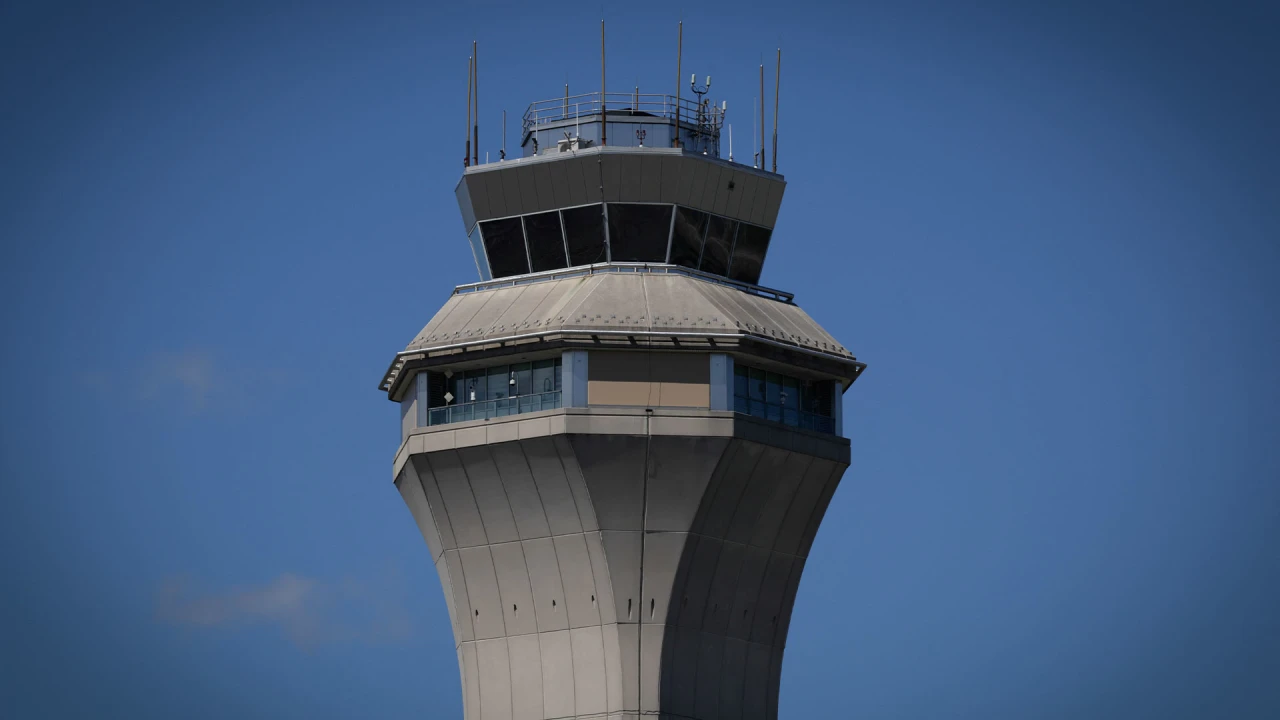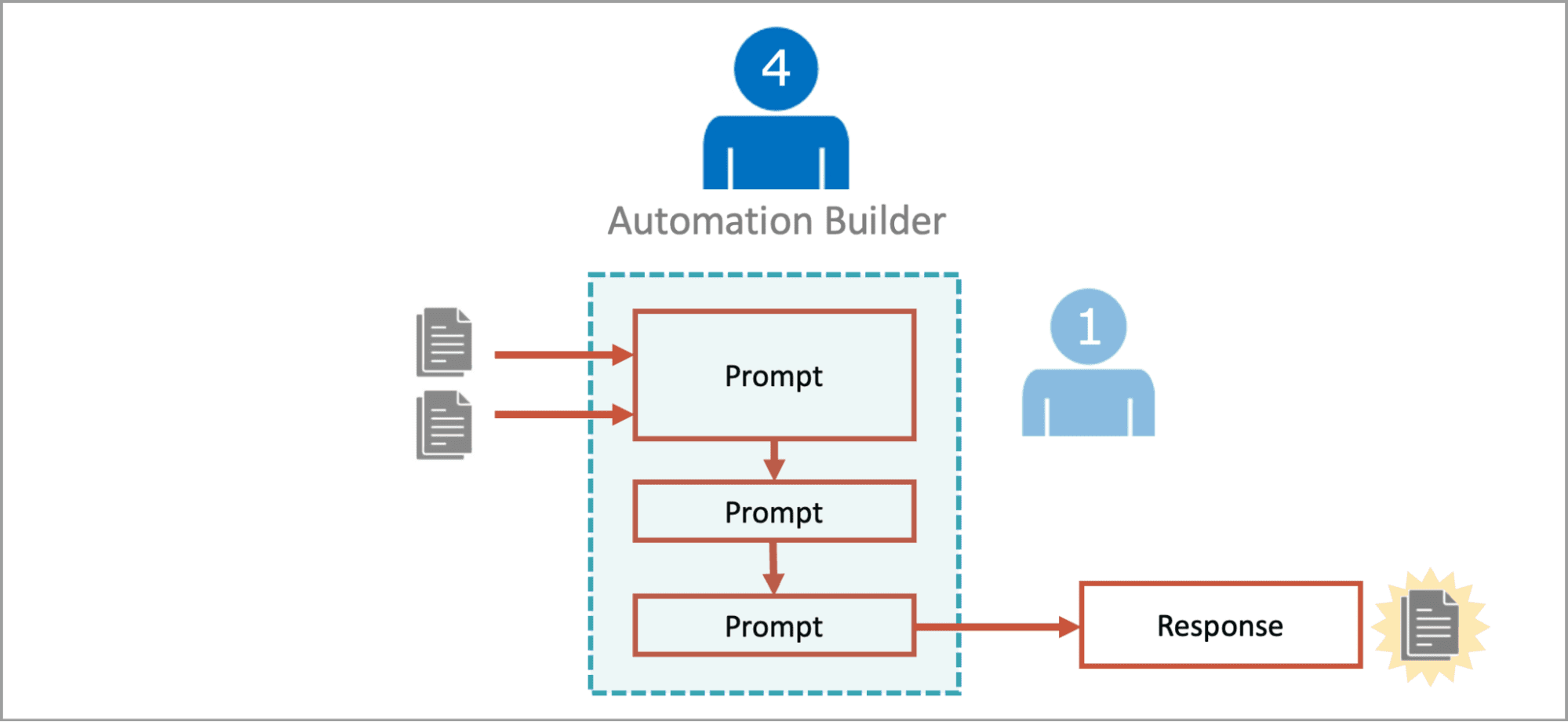Air traffic controllers lost radar at Newark (again)—here’s why it keeps happening
Planes at New Jersey’s Newark Liberty International Airport were briefly left flying blind overnight as the airport experienced another radar outage – the second incident in less than two weeks. The most recent radar outage, first reported by ABC news, occurred just before 4 a.m. Eastern Time on Friday and lasted for a minute and a half. “There was a telecommunications outage that impacted communications and radar display at Philadelphia TRACON Area C, which guides aircraft in and out of Newark Liberty International Airport airspace,” an Federal Aviation Administration spokesperson confirmed in a statement provided to Fast Company. Why New York area planes are getting their orders from Philadelphia A Terminal Radar Approach Control, or TRACON, is a facility that oversees arrivals and departures within a given airspace. Those facilities provide a critical link between traffic controllers based in airport towers who coordinate takeoffs and landings and the multi-state area control centers that guide planes once they reach cruising altitudes. In the case of Newark Airport, that vital link in the chain of communication is newly operating out of Pennsylvania. The FAA relocated part of Newark airport’s air traffic control operations to Philadelphia last year in an effort to add additional controllers and to reduce delays in one world’s busiest and most complex airspaces. But the move to Philadelphia appears to have caused more problems than it has solved, with short but potentially catastrophic outages sowing chaos for Newark’s air traffic controllers. The most recent radar outage is not an isolated incident Friday’s radar and communications outage at Newark Airport is just the latest in a string of recent safety lapses keeping frequent fliers up at night. A Newark air traffic controller told NBC News that radio contact has gone dark “at least eight or nine times” at the facility in the last few months. On April 28, Philadelphia’s TRACON Area C lost all contact with planes flying into Newark Airport for at least 30 seconds when communications and radar screens went offline. After the incident, a number of Newark air traffic controllers working that day took mental health leave due to the acute anxiety they experienced, worsening existing staffing shortages and snarling the airport in more than 1,000 cancellations and delays. In January, an American Airlines passenger plane collided midair with a U.S. Army helicopter near Reagan National Airport, killing everyone on board both aircraft. The tragedy prompted an intense public outcry over air travel safety in the U.S., which is plagued by outdated technology and hiring woes. The Department of Transportation has a plan – but needs the cash Prior to Friday’s outage, the FAA said that it planned “immediate steps” to improve the situation at Newark, with plans to staff up air traffic control and fast track technology and logistics updates. Prior to the Trump administration, the Biden administration offered its own incremental updates to U.S. air travel, including millions for smaller airports to modernize their air traffic control towers. On Thursday, the FAA highlighted plans to update infrastructure including radar, software and telecommunications systems. According to the detailed proposal by the Department of Transportation, “legacy radios, some over 30 years old, rely on outdated analog technology, leading to frequent outages, high maintenance costs due to scarce parts, and incompatibility with modern digital standards like VoIP.” The three-year proposal would modernize existing technology, including an updated digital radio system that would make regular communications blackouts a thing of the past. The proposed upgrades would also add six new air traffic control centers. The Trump administration would need Congress to fund such a massive overhaul to America’s air traffic control systems. Trump has enthusiastically steered around Congress on most issues so far, but for a huge infrastructure project that wouldn’t be possible. Concerns over American air travel could be one area of rare bipartisan overlap during Trump’s second term. The proposal is expected to cost tens of billions of dollars, though $12.5 billion has already bubbled up in a House appropriations bill. “We use radar from the 1970s,” U.S. Transportation Secretary Sean Duffy said on Thursday. “This technology is 50 years old that our controllers use to scan the skies and keep airplanes separated from one another.”

Planes at New Jersey’s Newark Liberty International Airport were briefly left flying blind overnight as the airport experienced another radar outage – the second incident in less than two weeks.
The most recent radar outage, first reported by ABC news, occurred just before 4 a.m. Eastern Time on Friday and lasted for a minute and a half.
“There was a telecommunications outage that impacted communications and radar display at Philadelphia TRACON Area C, which guides aircraft in and out of Newark Liberty International Airport airspace,” an Federal Aviation Administration spokesperson confirmed in a statement provided to Fast Company.
Why New York area planes are getting their orders from Philadelphia
A Terminal Radar Approach Control, or TRACON, is a facility that oversees arrivals and departures within a given airspace. Those facilities provide a critical link between traffic controllers based in airport towers who coordinate takeoffs and landings and the multi-state area control centers that guide planes once they reach cruising altitudes. In the case of Newark Airport, that vital link in the chain of communication is newly operating out of Pennsylvania.
The FAA relocated part of Newark airport’s air traffic control operations to Philadelphia last year in an effort to add additional controllers and to reduce delays in one world’s busiest and most complex airspaces. But the move to Philadelphia appears to have caused more problems than it has solved, with short but potentially catastrophic outages sowing chaos for Newark’s air traffic controllers.
The most recent radar outage is not an isolated incident
Friday’s radar and communications outage at Newark Airport is just the latest in a string of recent safety lapses keeping frequent fliers up at night. A Newark air traffic controller told NBC News that radio contact has gone dark “at least eight or nine times” at the facility in the last few months.
On April 28, Philadelphia’s TRACON Area C lost all contact with planes flying into Newark Airport for at least 30 seconds when communications and radar screens went offline. After the incident, a number of Newark air traffic controllers working that day took mental health leave due to the acute anxiety they experienced, worsening existing staffing shortages and snarling the airport in more than 1,000 cancellations and delays.
In January, an American Airlines passenger plane collided midair with a U.S. Army helicopter near Reagan National Airport, killing everyone on board both aircraft. The tragedy prompted an intense public outcry over air travel safety in the U.S., which is plagued by outdated technology and hiring woes.
The Department of Transportation has a plan – but needs the cash
Prior to Friday’s outage, the FAA said that it planned “immediate steps” to improve the situation at Newark, with plans to staff up air traffic control and fast track technology and logistics updates. Prior to the Trump administration, the Biden administration offered its own incremental updates to U.S. air travel, including millions for smaller airports to modernize their air traffic control towers.
On Thursday, the FAA highlighted plans to update infrastructure including radar, software and telecommunications systems. According to the detailed proposal by the Department of Transportation, “legacy radios, some over 30 years old, rely on outdated analog technology, leading to frequent outages, high maintenance costs due to scarce parts, and incompatibility with modern digital standards like VoIP.”
The three-year proposal would modernize existing technology, including an updated digital radio system that would make regular communications blackouts a thing of the past. The proposed upgrades would also add six new air traffic control centers.
The Trump administration would need Congress to fund such a massive overhaul to America’s air traffic control systems. Trump has enthusiastically steered around Congress on most issues so far, but for a huge infrastructure project that wouldn’t be possible. Concerns over American air travel could be one area of rare bipartisan overlap during Trump’s second term. The proposal is expected to cost tens of billions of dollars, though $12.5 billion has already bubbled up in a House appropriations bill.
“We use radar from the 1970s,” U.S. Transportation Secretary Sean Duffy said on Thursday. “This technology is 50 years old that our controllers use to scan the skies and keep airplanes separated from one another.”






























































































































































